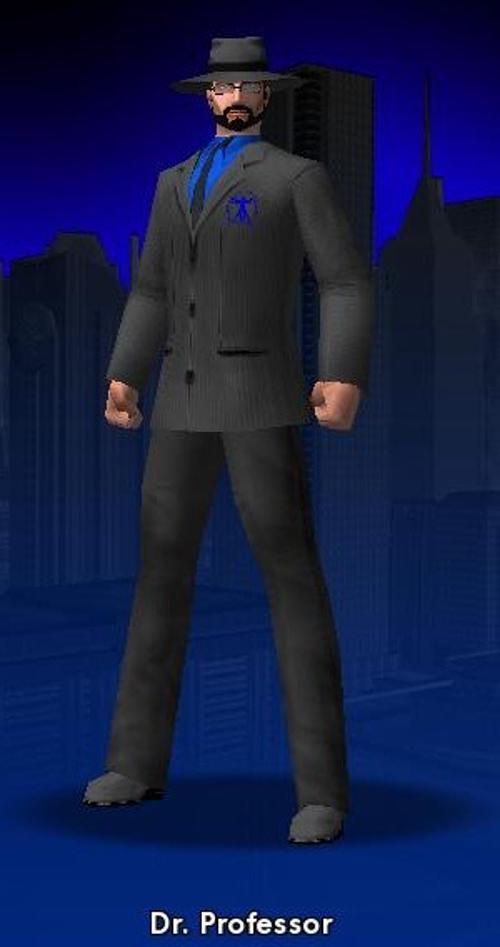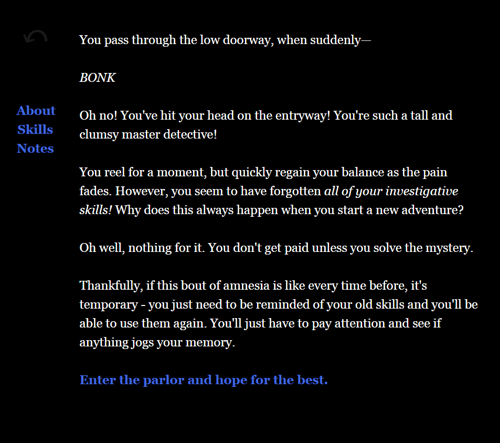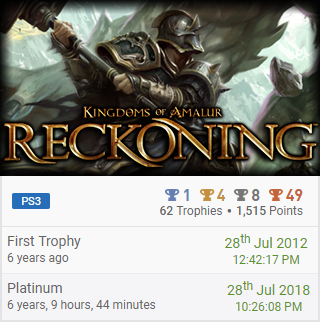Dragon Quest Gives Me Pause
Is it a thing for some reason that modern Dragon Quest games don’t want the player to be able to pause?
I was surprised in Dragon Quest Builders that opening the menu or suspending the game (at least on PS4) didn’t pause the game. This would be bizarre in any offline single-player game mode, but in DQB with a day/night cycle, hunger meter, wandering monsters, and speedrun rewards it’s downright obnoxious. I eventually figured out that the game seemed to pause when I viewed the map, but there was no in-game cue to suggest this.
DQB had some other interface oddities (like having ‘menu’ and ‘interact’ be the same button) so I chalked it up to a generally unpolished UX, but then when I played Dragon Quest XI it also was a jerk about pausing. Opening menus or suspending the game (again, at least on PS4) didn’t stop monsters from wandering around or the day/night cycle from progressing (and though I haven’t tested this, apparently cutscenes will continue while the game is suspended). There isn’t even a map pause with this one.
So… is this just a thing? Dragon Quest hates pausing? Enough to buck convention and popular expectation that any offline game would pause in menus and absolutely when suspended and the player can’t even see that things are happening? Enough to - in multiple games across multiple years - punish players for having actual lives with interruptions? Oh, I just started a cutscene and the dog needs to be let out? Ha ha, that was sure my fault and I deserve to miss the cutscene!
It’s such a weird patch of player-hostile design in otherwise warm and friendly games.
0 Comments




